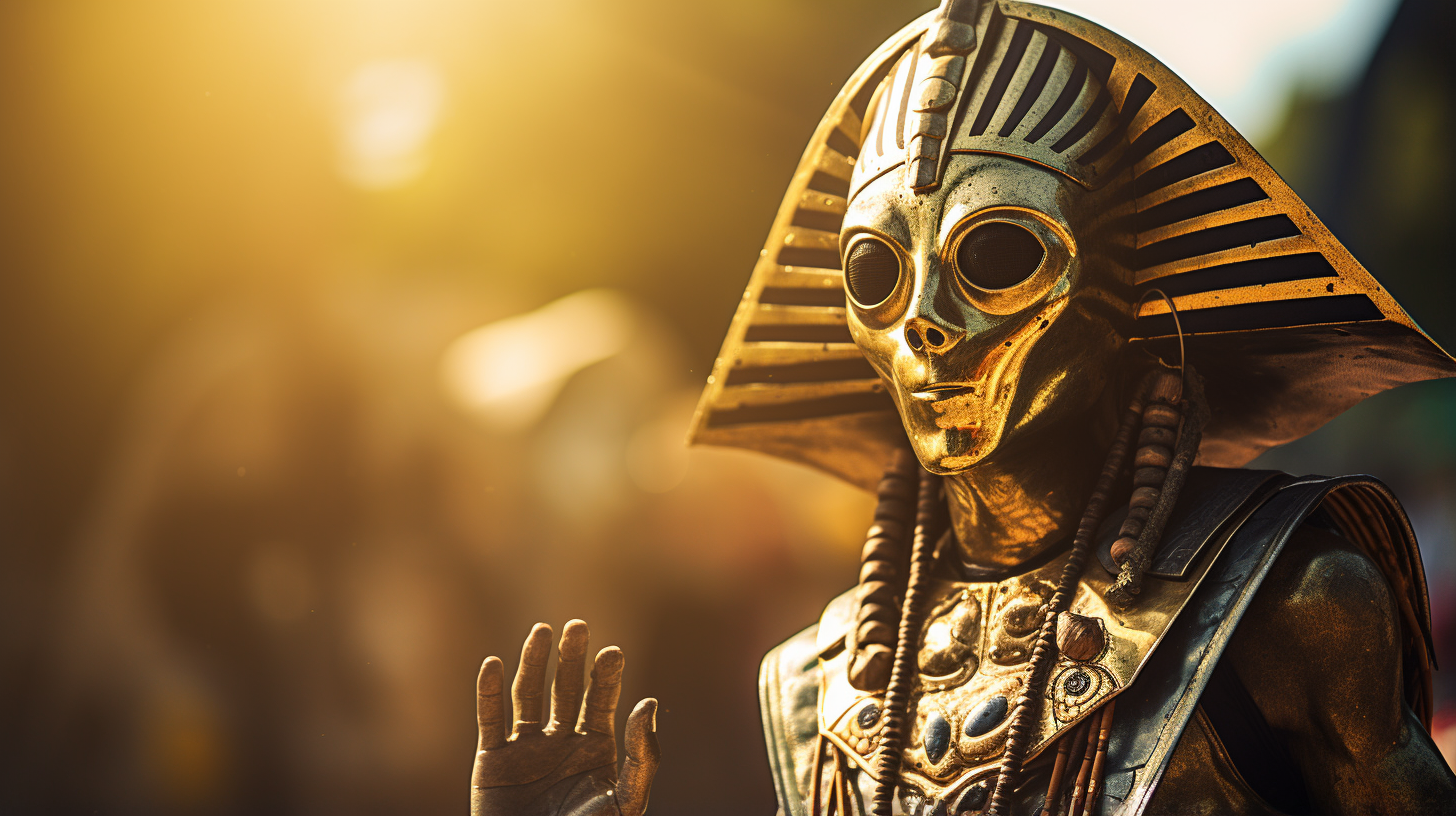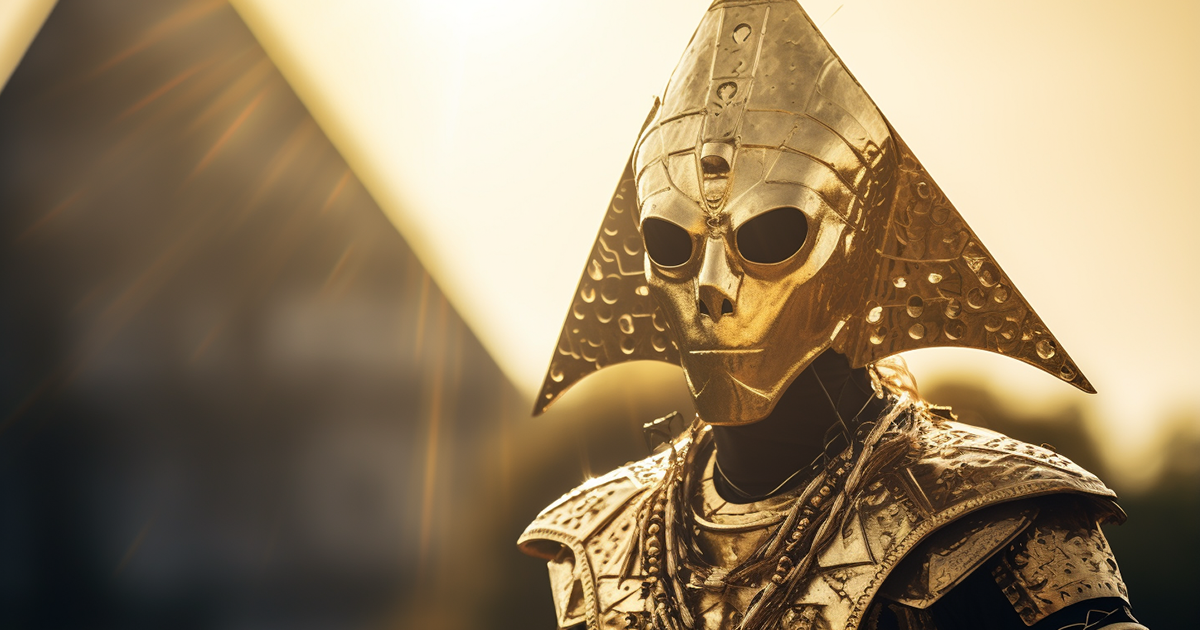The sprawling ruins of Teotihuacan have long captivated archaeologists, historians, and enthusiasts of ancient civilizations. Nestled just 30 miles northeast of Mexico City, this enigmatic city complex stands as a testament to the ingenuity of its builders, the Teotihuacanos.
Yet, despite its grandeur, Teotihuacan remains shrouded in mystery, with many questions lingering about its true origins and the fate of its inhabitants.
Teotihuacan, often referred to as the Rome of Mesoamerica, holds a unique place in the annals of history. Dating back to the first century A.D., it predates the mighty Maya civilization by a century and boasted a population estimated at nearly 100,000 residents during its zenith.
The city served as a hub for commerce and religion, setting the standard for subsequent city-states throughout the region.
However, what truly sets Teotihuacan apart is the absence of hieroglyphs or written records. Unlike many contemporary Mesoamerican cultures, the Teotihuacanos left no written history, leaving modern researchers without a clear narrative of their achievements, rulers, or the events that transpired within the city’s massive walls.
The heart of Teotihuacan is dominated by two iconic pyramids: the Pyramid of the Sun and the Pyramid of the Moon. These imposing structures, alongside the Temple of Quetzalcoatl, line the Avenue of the Dead, a central thoroughfare that weaves through the complex.

Over 200 smaller edifices and thousands of living quarters surround this grand avenue, painting a picture of a thriving urban center.
The allure of Teotihuacan goes beyond its scale and architectural marvels. It is a place where myths and history blur, where the past and the unknown converge. Ancient texts from the Aztec civilization, who came long after the decline of Teotihuacan, suggest a connection between the two.
According to Aztec legends, their ancestors emerged from a place called Chicomoztoc, a cave with seven chambers that housed seven tribes. Remarkably, some researchers propose that Chicomoztoc may have a real-world counterpart beneath Teotihuacan, beneath the Pyramid of the Sun, where a cave with seven chambers has been discovered.
One particular legend recorded by Spanish chronicler Gerónimo de Mendieta adds an intriguing layer to the mystery. It tells of gods descending to Earth from the sky, possibly in a craft, to fashion humans out of bone, ash, and their own blood.
This narrative raises the question of whether our ancient ancestors bore witness to extraterrestrial encounters, shaping their belief systems and civilizations.
As we delve deeper into the mysteries of Teotihuacan, we’re confronted with the puzzling absence of a clear evolutionary path for the city’s engineering and architectural prowess.
The technology and craftsmanship on display seem to defy the era’s conventional knowledge, leaving us to ponder the source of this advanced knowledge and skill.
In our quest to unravel the enigma of Teotihuacan, we must acknowledge the limitations of our understanding. The city’s origins remain elusive, its builders nameless, and its history unwritten.
Yet, it stands as a testament to the profound capabilities of ancient civilizations and the mysteries that continue to captivate our imagination.
Video:
In the heart of Mexico, Teotihuacan beckons us to explore, to ponder, and to wonder. It reminds us that history is not a linear narrative but a complex tapestry of human achievement, lost knowledge, and the enduring mysteries of our past.

17 thoughts on “Uncovering the Enigmatic Origins of Teotihuacan: A Fascinating Journey into Ancient Mexico”
Comments are closed.